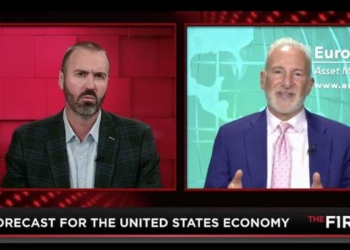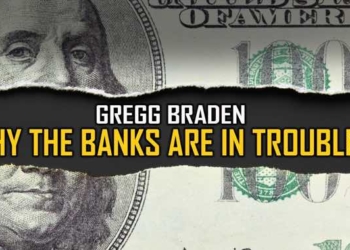
By Vera Gibbons | Real Simple
Minimum payment due, reads the box on your credit-card statement. What an enticing idea: Pay a small amount and you’re off the hook for the whole bill—for a while, anyway. Alas, as the more than 45 percent of Americans who carry a balance every month know, that rotating charge usually comes back to bite you. For example, a cardholder who owes $15,956—the average amount of debt per household, according to Ben Woolsey, the director of marketing and consumer research for CreditCards.com, a credit-card–comparison site—will end up shelling out an additional $11,000 in total interest if she pays only the minimum each month.
You may have had a very good reason for running up high-interest debt: Maybe you had to make some unexpected big-ticket purchases or lost a job or endured an illness. But regardless of the cause, ridding yourself of that balance should be your top financial priority. “You need an action plan to help you work at reducing and eventually eliminating what you owe,” says Gail Cunningham, a spokesperson for the National Foundation for Credit Counseling, a nonprofit organization. Here are several ways to create one for yourself.
Related Article: Credit Card Rates Expected to Rise Greatly – Here Are 6 Steps to Get Out of Credit Debt ASAP
5 Smart Strategies to Eliminate Your Debt
1. Target just one card first. If you’re carrying balances on multiple cards, it’s a long slog to wipe out those debts. So give yourself a boost of instant gratification right from the start, says Mary Ann Campbell, a certified financial planner in Little Rock, Arkansas. Ask yourself: What short-term financial goal will make me feel as though I’m making meaningful progress on debt reduction?
If your answer is “Having one card totally paid off,” then throw as much money as you can toward the card with the lowest balance first, says Curtis Arnold, the founder of CardRatings.com, a credit-card–comparison site. (Yes, do this even if you need to pay only the minimum on your other cards in the meantime.) If your answer is “Boosting my credit score,” then tackle the card with the highest utilization rate (that’s your balance divided by the card’s limit). “Since your score takes a hit if you use more than 20 percent of your available balance, bringing the utilization rate down just 20 percent could significantly increase your score,” says Arnold. And if your answer is “Paying less in interest,” then the tried-and-true method is to pay off the card that has the highest interest rate first.
2. Ask your creditors for lower interest rates. Often a simple phone call to the issuer is all it takes to get a reduced rate—provided that you have good credit (a score of 730 or higher) and you are a long-term customer who makes payments on time. You could get a percentage point or two shaved off, which can add up to hundreds of dollars saved annually. One tip to try: “If you’ve been offered a lower rate by a competitor, tell the customer service rep,” says Bill Hardekopf, the CEO of LowCards.com, a credit-card–comparison site. “There’s a chance they’ll match the offer.”
Related Article: Empowering Wisdom to Free You From Debt Slavery
3. Transfer your balance (cautiously). It’s tempting to move a balance from a card with a high-interest rate to a card with a substantially lower one (find one at Bankrate.com). And potentially that’s a smart move; you can save hundreds of dollars a year. But be careful: You should transfer a balance only if you’re committed to paying off the debt within an introductory low-interest-rate window (which typically lasts 12 to 18 months after the first billing cycle closes) and to making monthly payments on time, says Arnold. Otherwise, your rate could skyrocket, possibly ending up higher than the one you just got rid of. (Important: You should also avoid making any purchases with the new card, as sometimes the low-interest rate won’t apply to them.) In addition, know that you’ll probably be charged a balance transfer fee, which is usually about 3 to 4 percent of the total amount transferred. (To calculate how much this will cost you, go to smartbalancetransfers.com.)
















